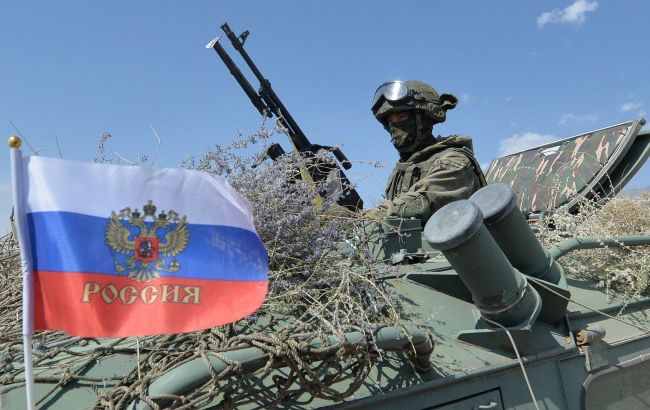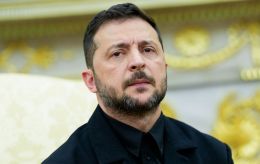Russia's new frontline tactics: How the enemy is pushing its offensive
 Photo: Russians are infiltrating Ukrainian positions in small groups (Getty Images)
Photo: Russians are infiltrating Ukrainian positions in small groups (Getty Images)
Russian forces have been steadily advancing along the front due to a change in tactics, which has manifested, in particular, in infiltration and seepage operations for more than six months now, according to an RBC-Ukraine article Russian autumn offensive: How Ukrainian forces respond to enemy's new tactics.
Since the beginning of the year, it has become noticeable that the infantry groups attacking Ukrainian positions have been gradually getting smaller.
Instead of classic assaults by 10–20 people, small groups are now advancing — sometimes one, two, or three Russians — who try to penetrate deep into the defense secretly. After a series of such raids, the enemy can accumulate forces and continue acting further.
“They undertake long marches — walking several kilometers on foot, moving at night, and trying to hide during the day. One after another, they reach our positions. They go without weapons, carrying food, sometimes with a rifle, slipping past our observation posts,” one of the sources described.
The infiltration tactic is a kind of Russian response to the increased use of drones on the Ukrainian side and the growing risks for armored vehicles.
Large assault units are more visible and vulnerable when drones are used actively. The bigger the column of equipment, the easier it is to neutralize and the more visible a target it becomes.
From the point of view of the Russian command, manpower is more available and less valuable than equipment. And as long as their contract recruitment plans are being fulfilled in full, they will continue to cut through Ukrainian defensive lines with these forces.
“Sometimes, even a single soldier may go. And like that — one by one — about 60 of them may appear over a week. When suddenly someone starts shooting at our troops from behind or from the side, panic naturally begins on the ground. Sometimes they bring 2–3 mines with them to lay at a crossroads,” said one of the officers, recalling Russian infiltration near Dobropillia.
He added that they reach positions and wait for reinforcements or replacement, as they are promised they’ll be replaced in two or three days. But sometimes a week passes, and they have nowhere to go.
Such a tactic does not allow the enemy to achieve operational breakthroughs. Moreover, there are serious doubts about how effective it can be in winter, since Russian walkers will find it harder to hide in forest belts under the cover of greenery and leaves.
Perhaps this is why the enemy is now trying to resume mechanized assaults, which they carried out in the Dobropillia direction.
On October 16, Ukrainian troops showed how they repelled the Russian troops near Dobropillia in the Donetsk region. The Russians suffered heavy losses.
That same day, it became known that National Guard units inflicted devastating losses on the Russians in the Dobropillia area.
According to the General Staff, the two hottest sectors on the front over the past day were the Pokrovsk and Oleksandrivka directions.
In total, 168 combat clashes were recorded along the entire front line.

